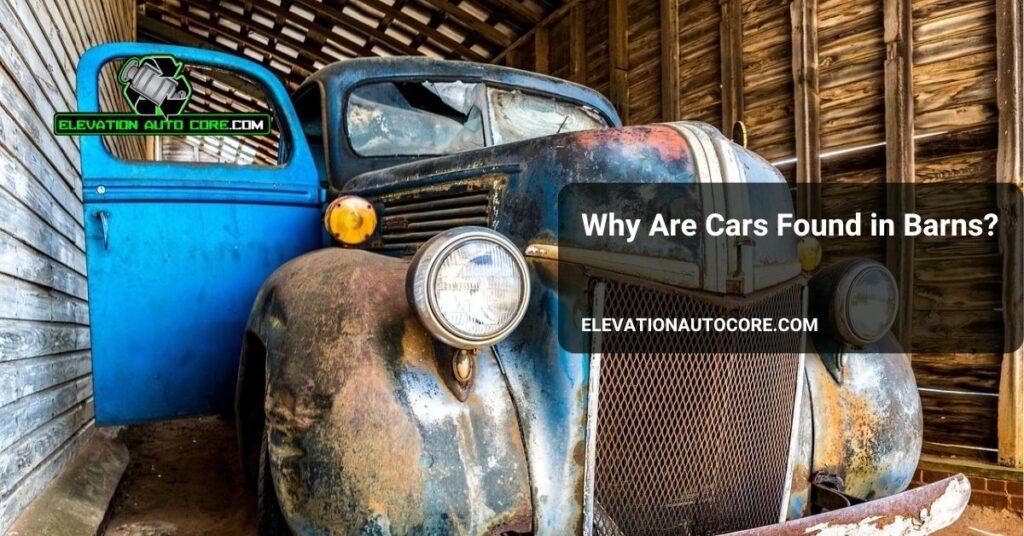Why are cars found in barns, hidden away for decades? These forgotten treasures often hold stories of neglect, nostalgia, or unexpected inheritance. Whether it’s a classic collector’s dream or a family keepsake, the mystery of barn finds keeps car enthusiasts intrigued. Keep reading to uncover why these hidden gems end up gathering dust.
Why Are Cars Found In Barns?
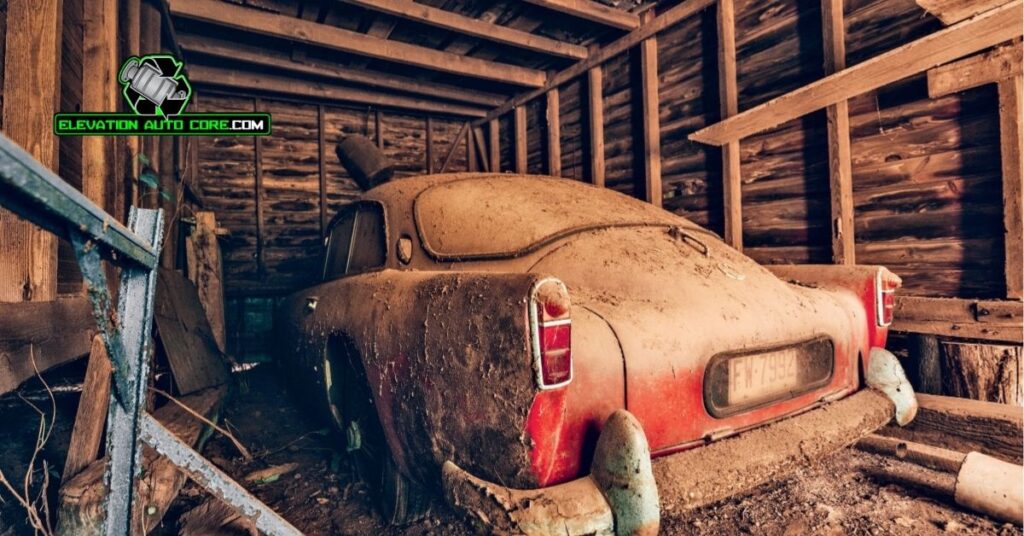
Cars found in barns often carry unique stories tied to their circumstances. These vehicles are discovered due to various factors like neglect, intentional preservation, or a collector’s plans.
Neglect And Abandonment
Vehicles left behind by owners were often forgotten over time. Changing life circumstances, such as relocations or financial difficulties, led many to leave cars in barns instead of selling or disposing of them. People also commonly abandoned vehicles with mechanical issues when repairs became impractical. As years passed, these forgotten cars turned into hidden treasures.
Preservation And Storage
Some cars ended up in barns for protection from the elements. Barns provided shelter when garages or professional storage options weren’t available. Long-term preservation often became unintentional when owners delayed retrieving cars or placed them aside indefinitely. Paint, interiors, and mechanical components often remained better preserved in such conditions compared to outdoor storage.
Collector’s Intentions
Collectors sometimes stored vehicles in barns as part of long-term plans. Cost-effective storage or the lack of indoor display space often made barns a practical choice. Owners intending to restore classics later used barns for secure storage, keeping their investments protected until ready. Some vehicles were purposefully hidden to maintain privacy or avoid taxes or legal disputes.
The Appeal Of Barn Finds
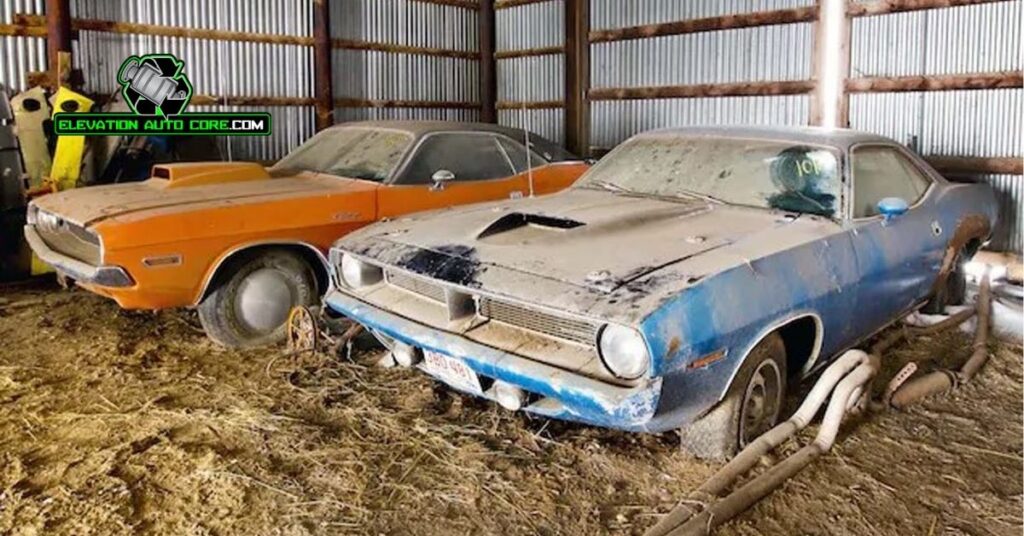
Barn finds capture the imagination of car enthusiasts and collectors alike. Hidden for decades, these vehicles represent forgotten history and mystery waiting to be uncovered.
Rarity And Value
Rarity drives the high demand for barn finds, especially for limited-production models like classic Ferraris or vintage American muscle cars. Vehicles preserved in barns often come from discontinued lines or special-edition productions, making them highly sought after. The value of a barn find increases when unique features, original parts, or matching serial numbers are present. Auction prices for extraordinary discoveries sometimes exceed $1 million, as seen in cases of rare Bugattis or Shelby Cobras.
Sometimes these cars are untouched by modern restorations, which enhances their appeal. Collectors prize vehicles with original finishes, upholstery, and factory markings. Unearthed finds often offer lower market competition compared to restored versions, leading car enthusiasts to pursue them.
Nostalgia And Stories Attached
Barn finds connect people to personal memories or broader historical moments. A family might rediscover a grandfather’s cherished roadster, or a collector may uncover a vehicle tied to important automotive milestones like Le Mans victories. Enthusiasts are often drawn to uncovering the past to preserve the legacy of such vintage rides.
Every discovery tells an intriguing story. You could find a car hidden for decades due to a forgotten owner’s plans for restoration. Some were preserved intentionally during fuel crises or stored away due to expensive repairs. Finding these vehicles in barns often reveals a snapshot of a different era, improving their emotional and historical connection.
Challenges Of Restoring Barn Cars
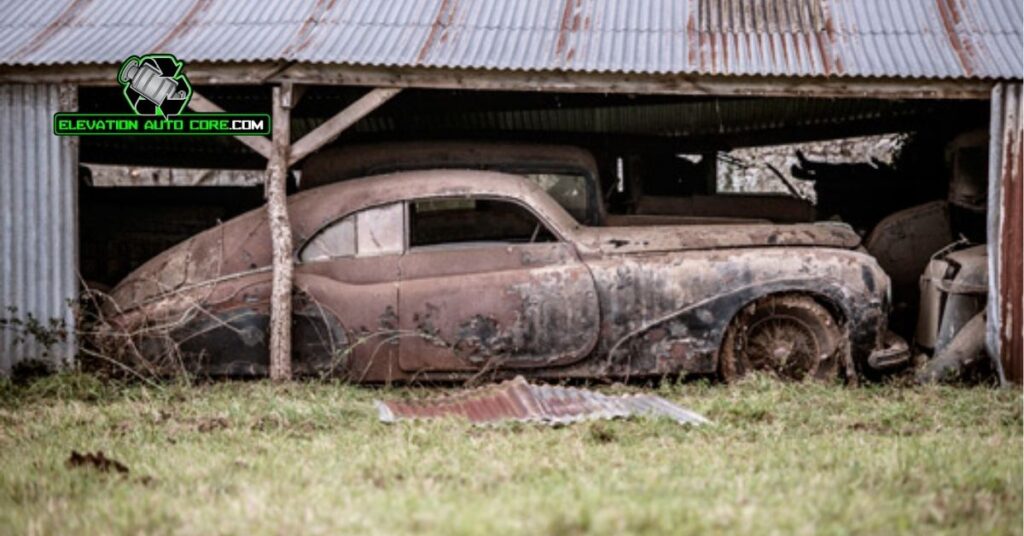
Restoring barn cars presents several complexities, from understanding their condition to managing financial and physical demands. Careful evaluation and preparation are essential due to the unique state of these vehicles.
Assessing Damage And Wear
Many barn cars suffer from prolonged exposure to moisture, leading to important rust and corrosion. Interior components like upholstery and wiring deteriorate quickly when subjected to fluctuating temperatures. Mechanical systems, such as engines and transmissions, may seize due to inactivity, requiring extensive repairs or replacements. Hidden problems are common, with pests often causing additional damage to electrical systems and structural areas. Identifying these issues early ensures a more accurate restoration plan and avoids unexpected setbacks.
Costs And Effort Involved
Restoration often demands important financial investment, with expenses varying depending on the car’s rarity and condition. Replacement parts, particularly for discontinued or limited-production models, can be costly and hard to source. Labor accounts for a major share of the budget, as intricate repairs and craftsmanship are needed to restore authenticity. Time is another crucial factor, as thorough restorations may take months or even years to complete. Balancing these financial and time commitments helps prioritize efforts for achieving a valuable result.
Tips For Discovering Barn Finds
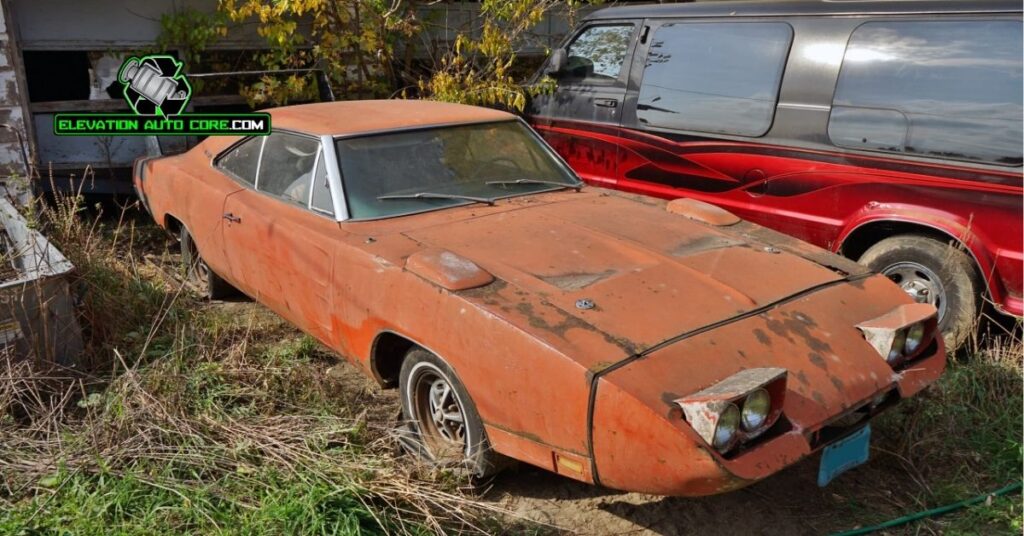
Finding barn finds requires curiosity and thorough investigation. Uncovering these treasures involves combining research with keen observation and the right connections.
Research And Networking
Gathering information maximizes your chances of success. Explore online forums, auction sites, or local classifieds where enthusiasts share tips or list potential locations. Look for mentions of vehicles stored for decades in rural areas or properties with large, unused storage buildings.
Connecting with local communities builds valuable insider knowledge. Speak with farmers, car clubs, or estate-sale organizers who might know hidden vehicles on private properties. Relationships with mechanics or vintage car restorers can lead to critical leads since they often work on or hear about such vehicles.
Targeting exact regions simplifies your search. Focus on areas where older barns and unused properties exist, particularly in states known for preserving vintage cars like California or Pennsylvania. Rural locations often yield better results as vehicles were stored away due to space or financial constraints.
Recognizing Hidden Gems
Pay attention to signs of overlooked value. Spotting original features like vintage paintwork, factory trims, or rare components helps identify potential treasures that justify restoration efforts. Matching serial numbers significantly enhance the car’s worth, boosting its appeal among serious collectors.
Inspecting for rarity increases discovery success. Consider limited-production models such as early Chevrolet Corvettes or 1960s Mustangs with unique specifications. Knowledge of popular classics helps distinguish between valuable finds and less desirable options.
Evaluating a vehicle’s condition saves time and resources. Visible rust, structural integrity, or signs of rodent infestation may indicate extensive repairs, which could reduce its practicality or investment value. Always assess the level of preservation, particularly for untouched interiors or unmodified engines, which are prized characteristics in barn finds.
Conclusion
Barn finds are more than just forgotten vehicles—they’re time capsules brimming with history, mystery, and emotion. Each discovery holds the potential to uncover unique stories and create a personal connection to the past. Whether you’re a seasoned collector or simply curious, the allure of these hidden treasures continues to captivate and inspire.
Exploring barn finds isn’t just about the cars themselves but the journey of rediscovery and restoration. With patience, knowledge, and a keen eye, you can uncover incredible opportunities and bring these vintage gems back to life, preserving their legacy for future generations.

